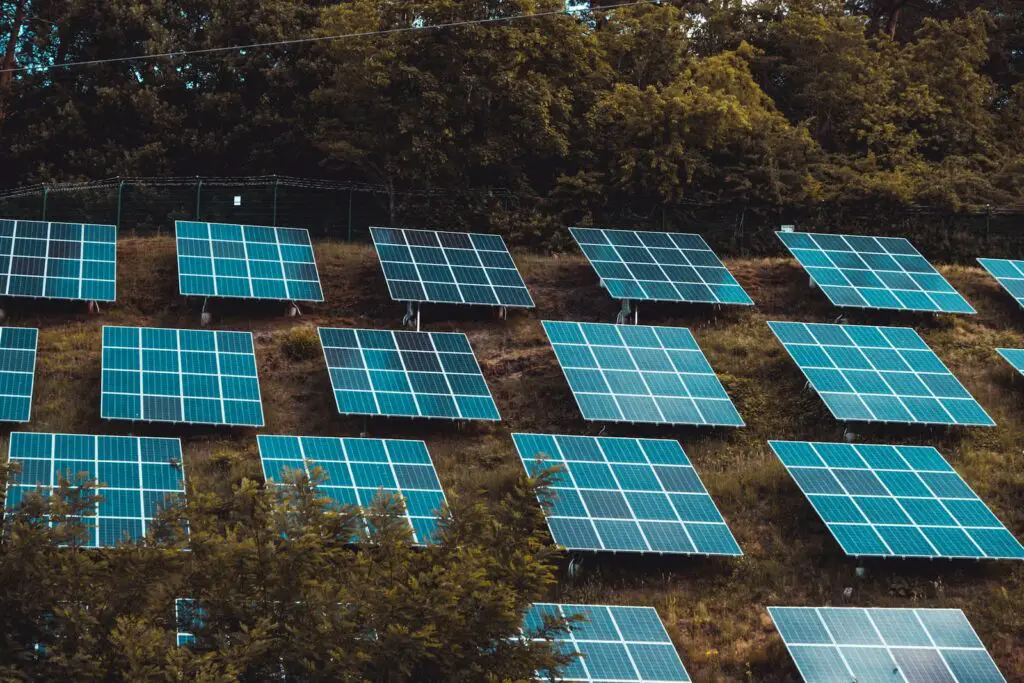Developing solar farms is a highly efficient method to produce clean energy.
Not only is it cost-effective and straightforward to set up, but it also produces energy without any emissions.
In this article, we’ll explore the three primary types of solar farms used in the world: utility-scale, distributed generation, and microgrids.
Utility-Scale Solar Farm
These large-scale solar establishments contribute solar energy to the electrical grid via high-voltage transmission lines.
Spanning across extensive land areas, they house millions of individual solar panels. Across the U.S., thousands of such expansive farms play a crucial role in solar energy generation.
Some of these solar parks are the property of utility companies, enabling them to augment their power generation spectrum with a renewable energy facet.
On the other hand, private corporate entities own certain farms and engage in selling the generated power to utility firms.
Distributed Generation Solar Farm
Differing from their utility-scale counterparts, these DG solar farms cater to distinct localities like residential neighborhoods or business complexes.
Typically, they manifest as community solar initiatives where participating residents and business proprietors gain financial returns from the utility company for the electricity generated.
The integration of a distributed generation solar farm in a region unfolds numerous advantages such as reduced energy expenditures for participants alongside a green, renewable avenue for energizing the power grid.
Microgrid Solar Farm
Various establishments resort to microgrid solar farms for emergency power provisioning in scenarios where the main power grid falters.
Historically, microgrids were dependent on fuel-driven generators for electricity production during power interruptions.
However, the advent of solar technology has revolutionized perceptions around power generation and storage.
Numerous facilities and communities now embrace microgrid solar farms to bolster the robustness of their local grids, thereby escalating their energy self-sufficiency.
Conclusion
The diversity in solar farm types exemplifies the versatility of solar energy in catering to different scales of demand, from localized community needs to broader utility-grade power supply.
Each type of solar farm embodies a unique approach to harnessing solar energy, thereby contributing to a more sustainable and resilient power infrastructure.
Furthermore, the commercial involvement in these solar farms, either by utility companies or private corporations, underscores the economic viability and the burgeoning investment interest in the solar energy sector.








